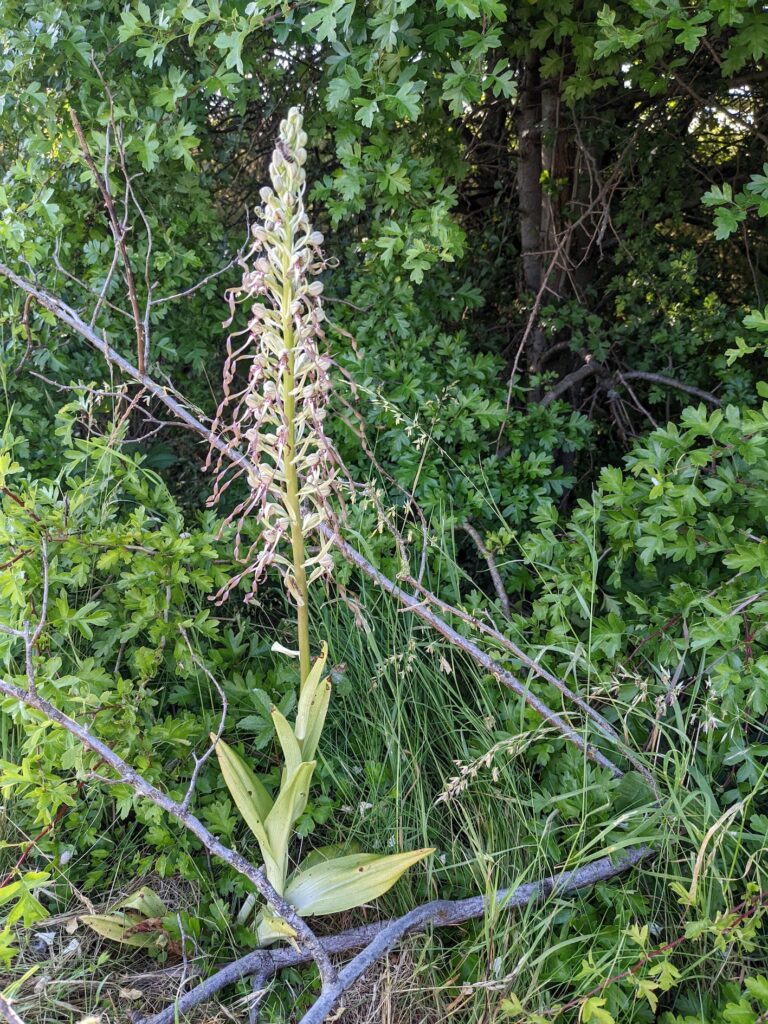2022 County Report for Cambridgeshire
Jonathan Shanklin
A lot of recording took place, particularly in the area around Cambridge, with 920 species recorded during the year in TL45. Across the county over 29,000 records were logged in MapMate, with a few additional records of species not in MapMate having to be logged directly to the DDb, which gives a total of 29,349. The usual annual updates of the RPR and Register of Plants of Conservation Concern (RPCC) were made at the beginning of the year, informed by these records. A few months later it was discovered that the RPCC meets the updated guidance for an RPR, so the two documents were merged, with the RPCC being the published document.
I made a thorough survey at Stanmoor Hall farm which includes the Thriplow Peat Holes SSSI and the Whittlesford – Thriplow Hummocky Fields SSSI. One surprise was finding Cladium mariscus (Great Fen-sedge) in a newly created pond outside the SSSIs, where it was thought to have come out of the seed bank. Some visits were also made to Chippenham Fen NNR, though further visits will be required to complete the updating of records from this site. In addition the Cambridge Natural History Society (CNHS) covered the Cambridge Backs, which required additional visits on my part to cover five colleges and six churchyards. A surprise on the Backs was Astragalus glycyphyllos (Wild Liquorice), which appeared in an area that was left for biodiversity improvements rather than being mown weekly.
Alan Leslie (Emeritus Recorder) compiled a report on the more interesting finds for the local journal Nature in Cambridgeshire, with a summary in the 2023 county newsletter. He highlights the many new locations found for Himantoglossum hircinum (Lizard Orchid) during the year, which could be dropped from the RPCC if another location is found in 2023. He also noted the re-finding in Knapwell Wood of Hordelymus europaeus (Wood Barley) which had not been seen in the county since 1982. In addition Alan has continued finding many unusual aliens, particularly in coir peat, and hybrids. One plant new to the county, Epilobium brachycarpum (Panicled Willowherb), came to him, appearing in his back yard.
A full programme of approximately monthly Cambridgeshire Flora Group meetings took place from March to October. In addition, the CNHS field meetings invariably included botanical recording. The 2022 county newsletter circulated news, meeting reports and excursion plans to the local botanical community. A county web page was maintained, and emails were sent to local botanists in advance of meetings. I took part in two County Wildlife Sites panel meetings as the botanical expert and accompanied the local Wildlife Trust’s Conservation Officer on some site visits. I provided records in response to inquiries; these vary from wanting to know where to find a particular plant, to species lists for sites or areas.
